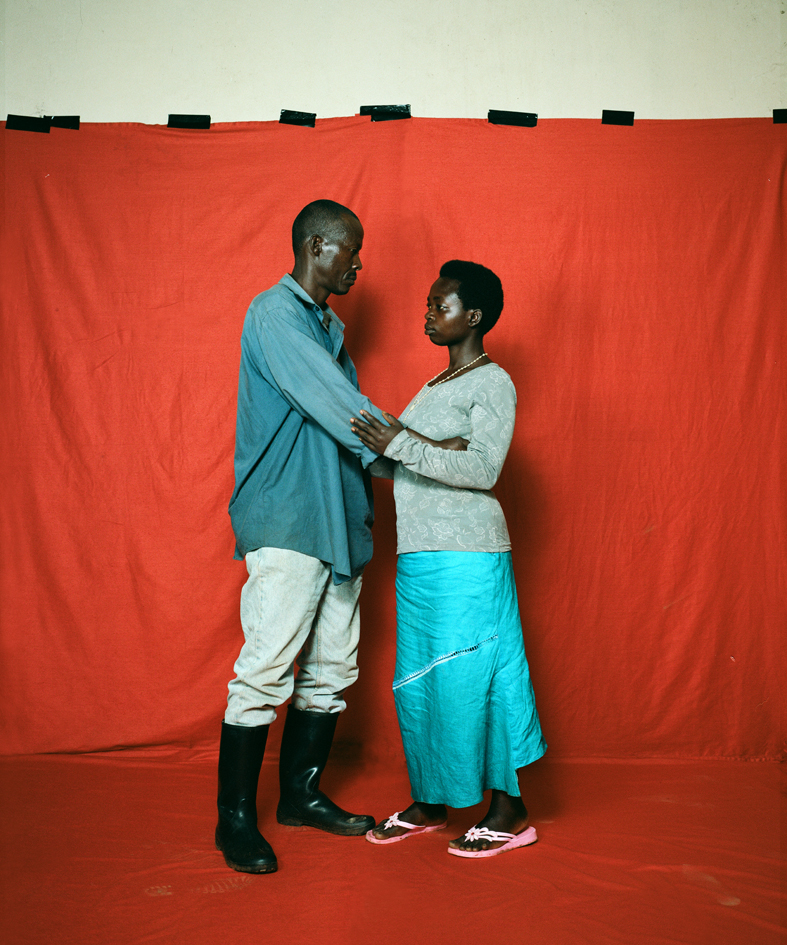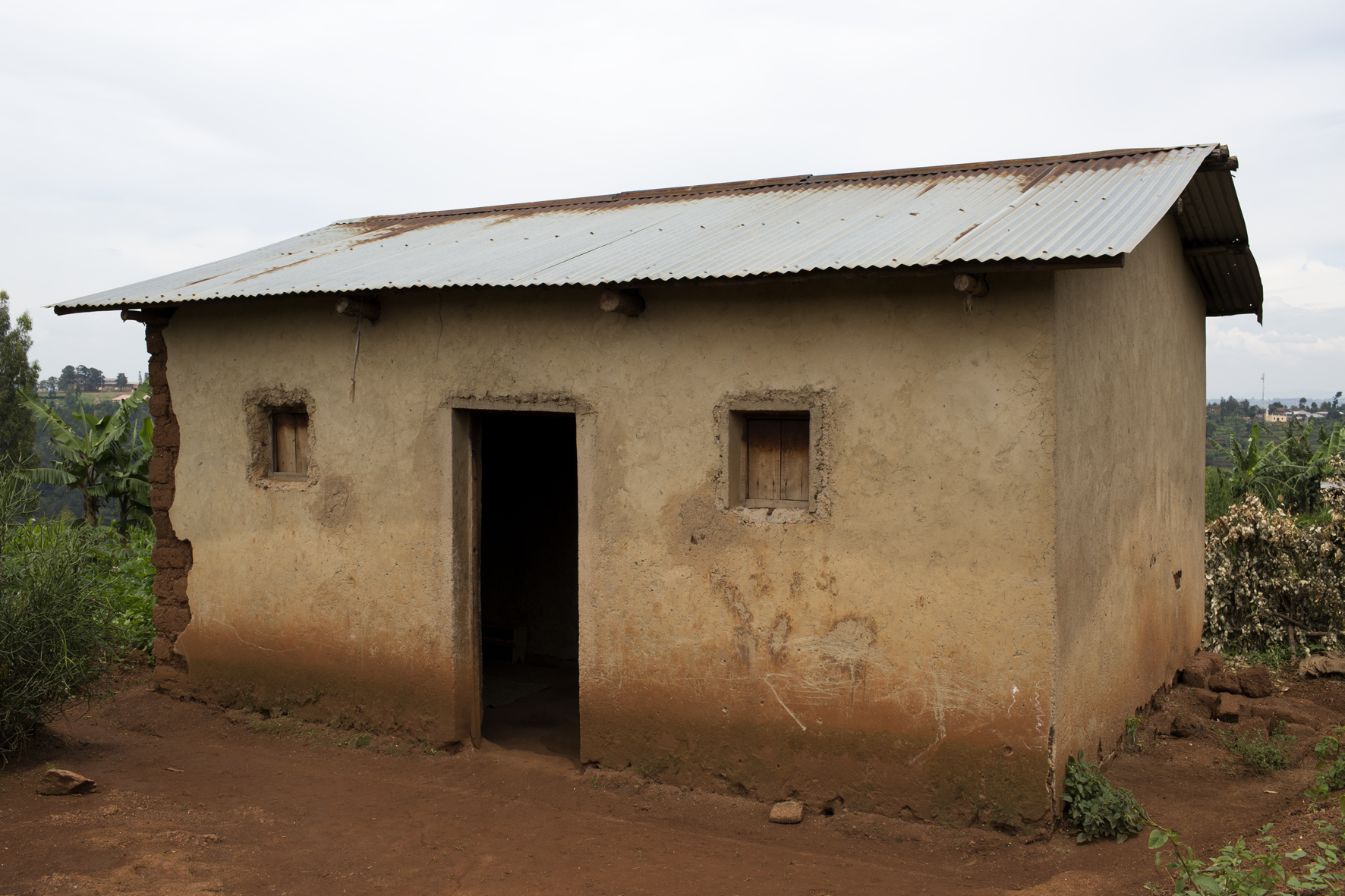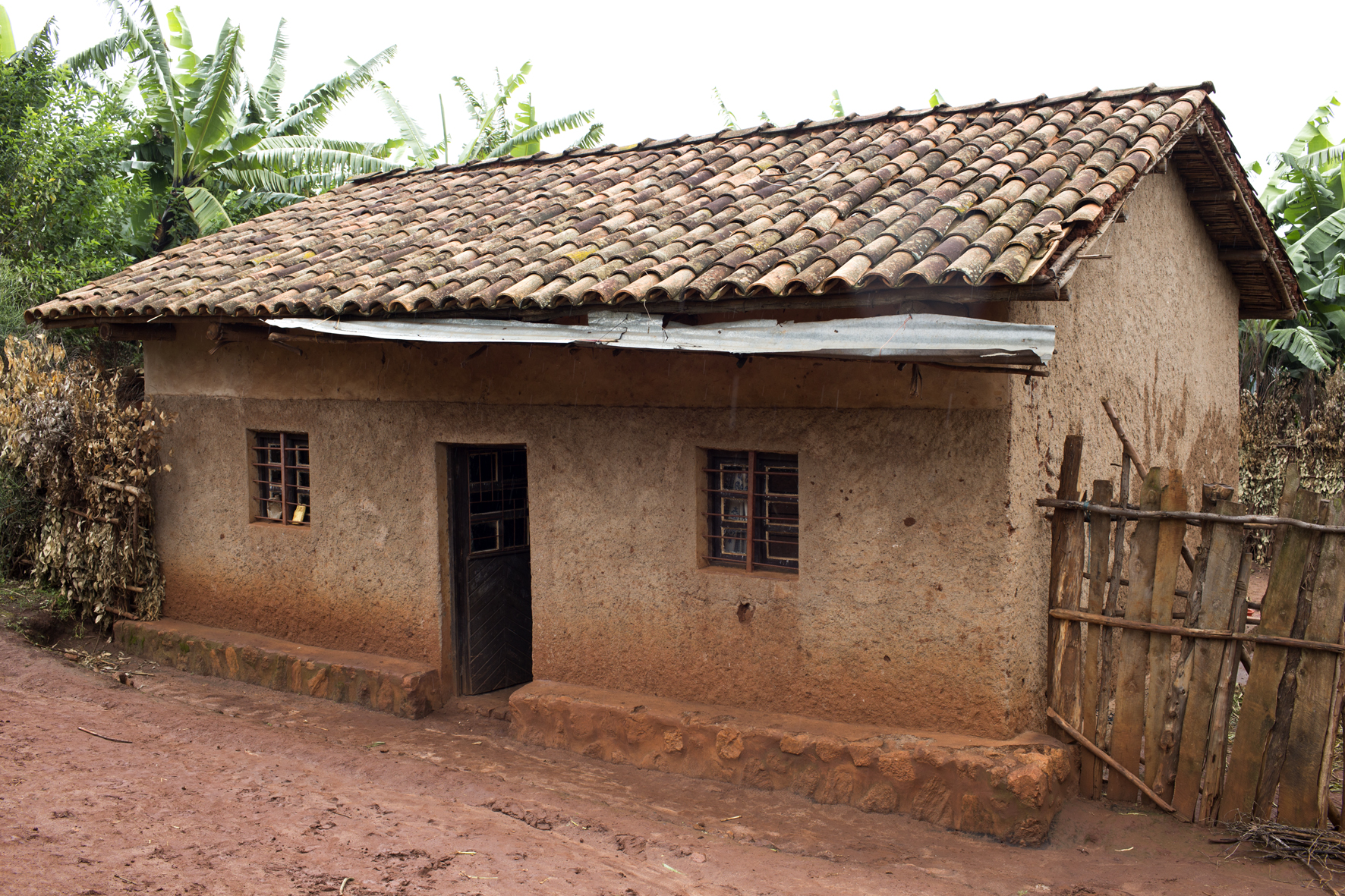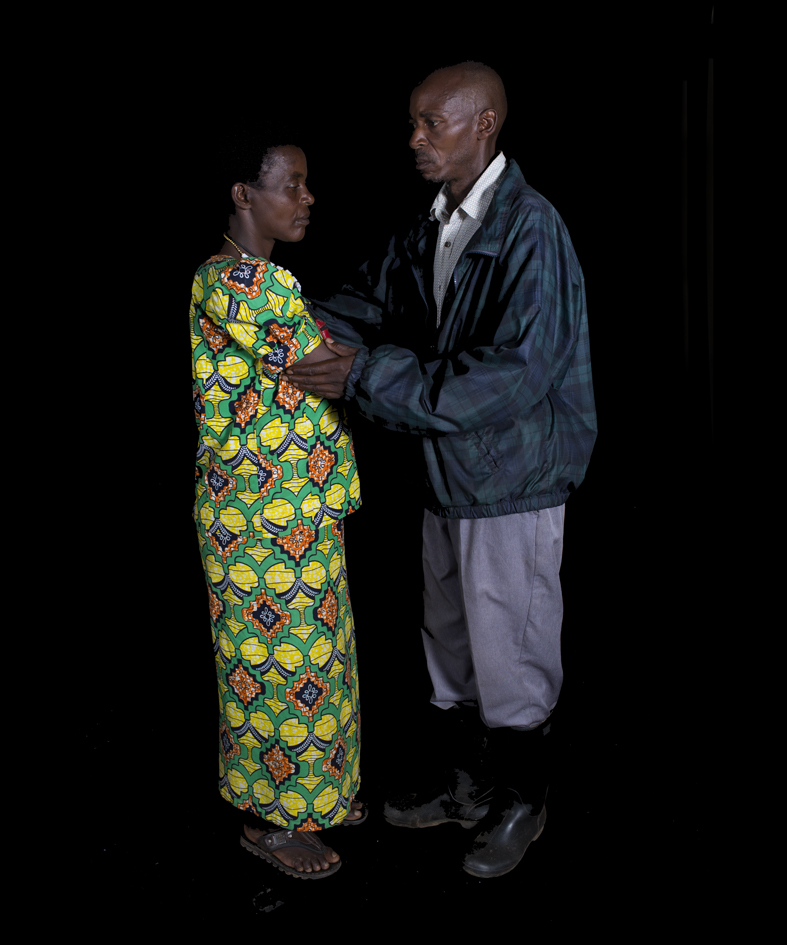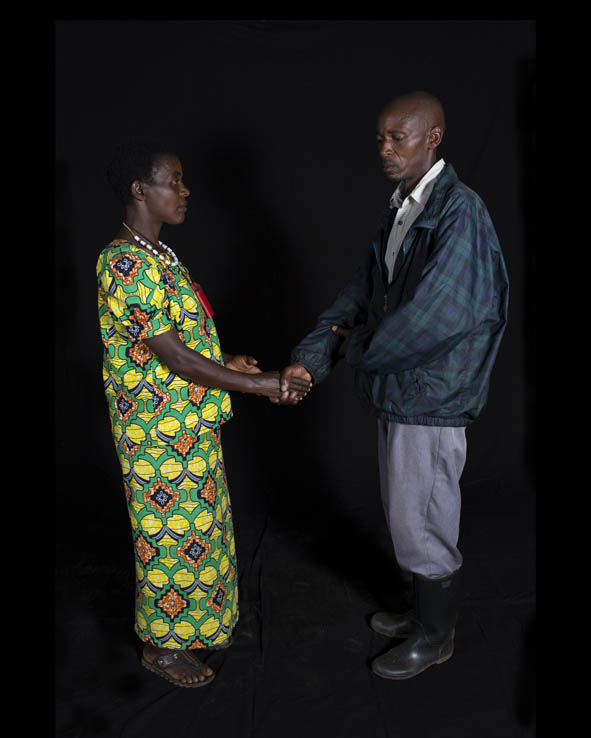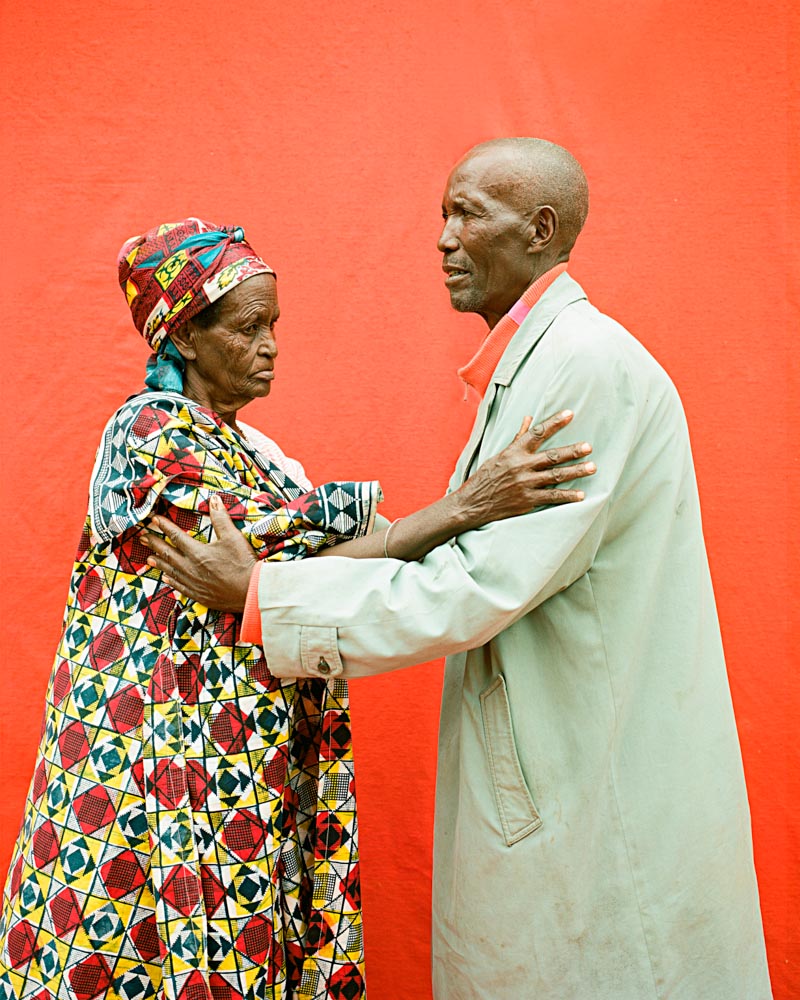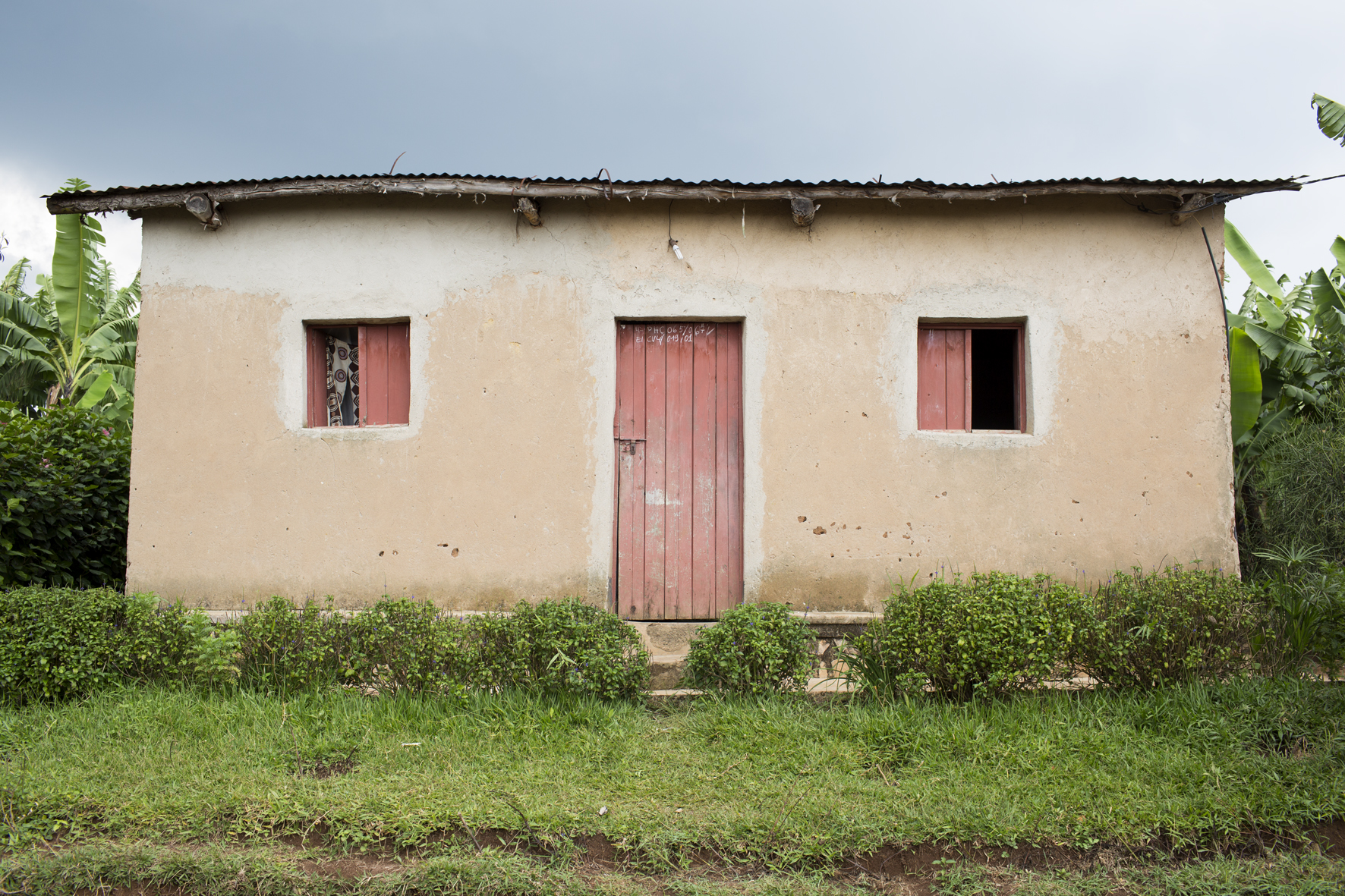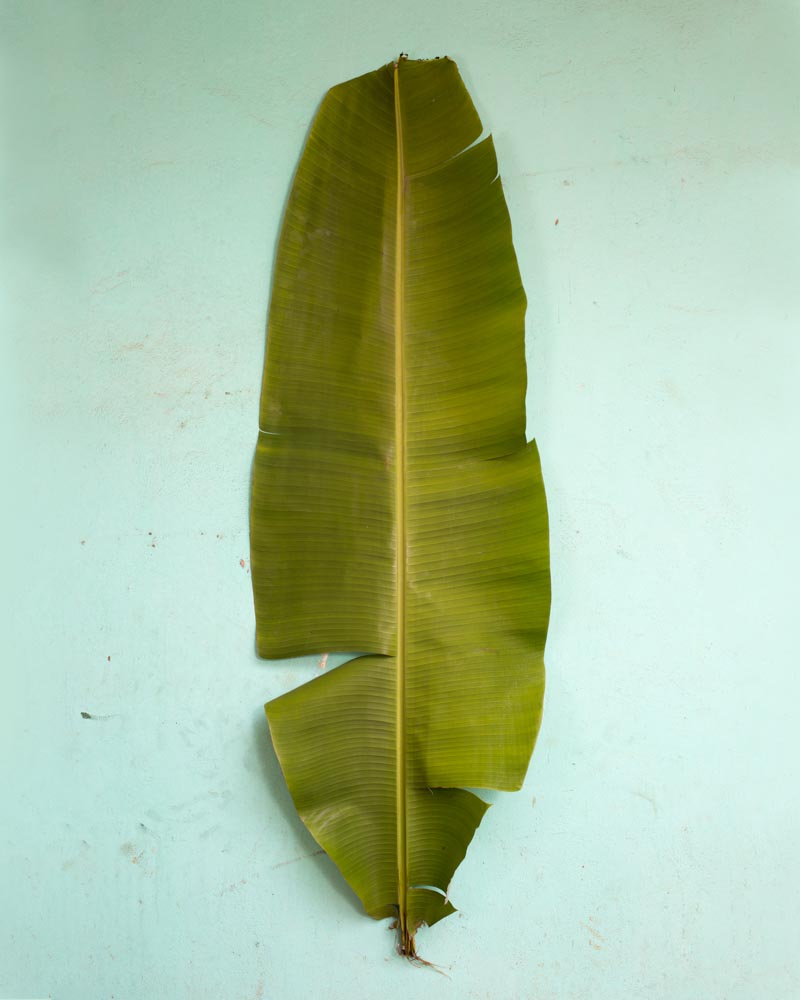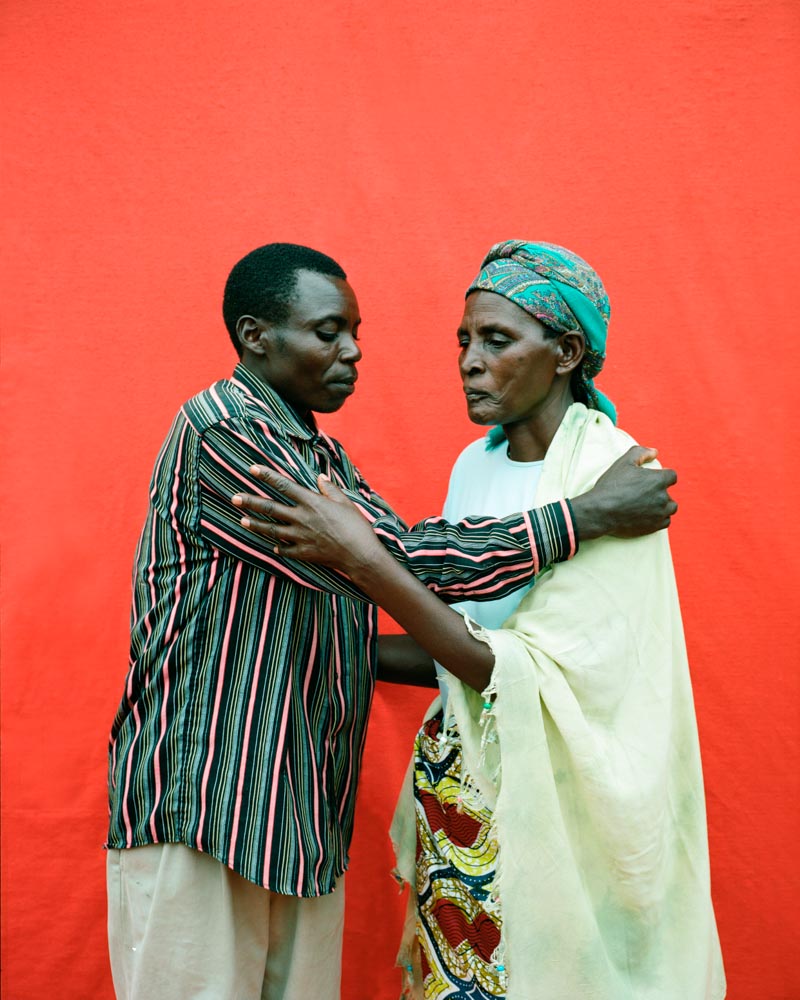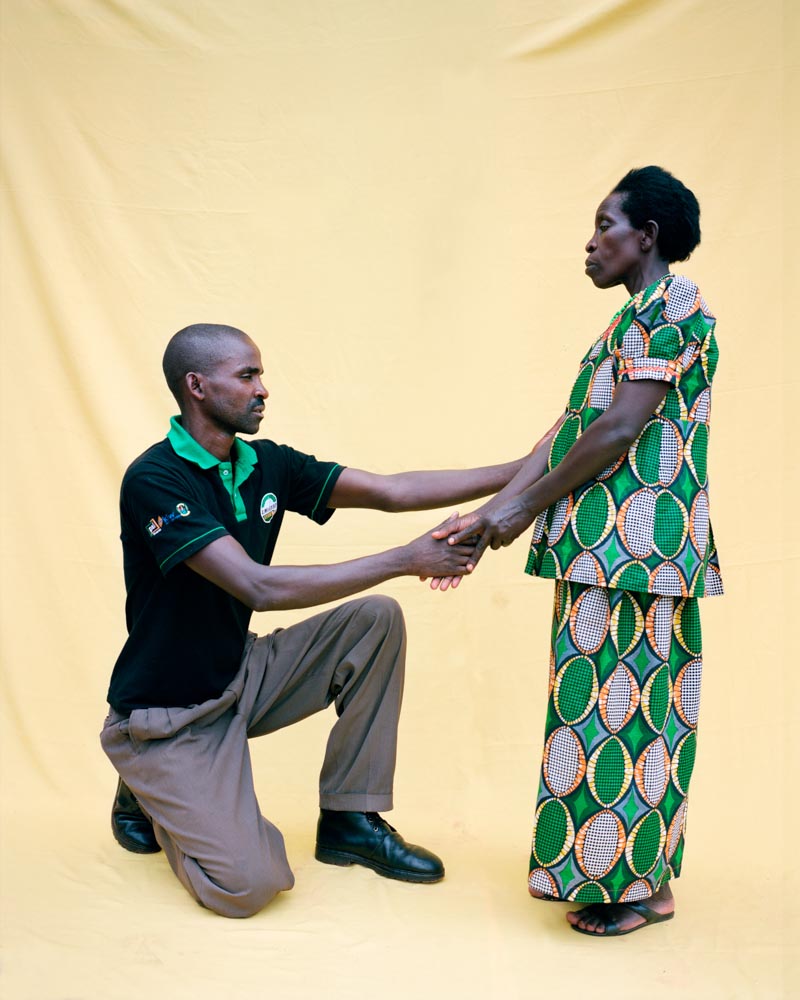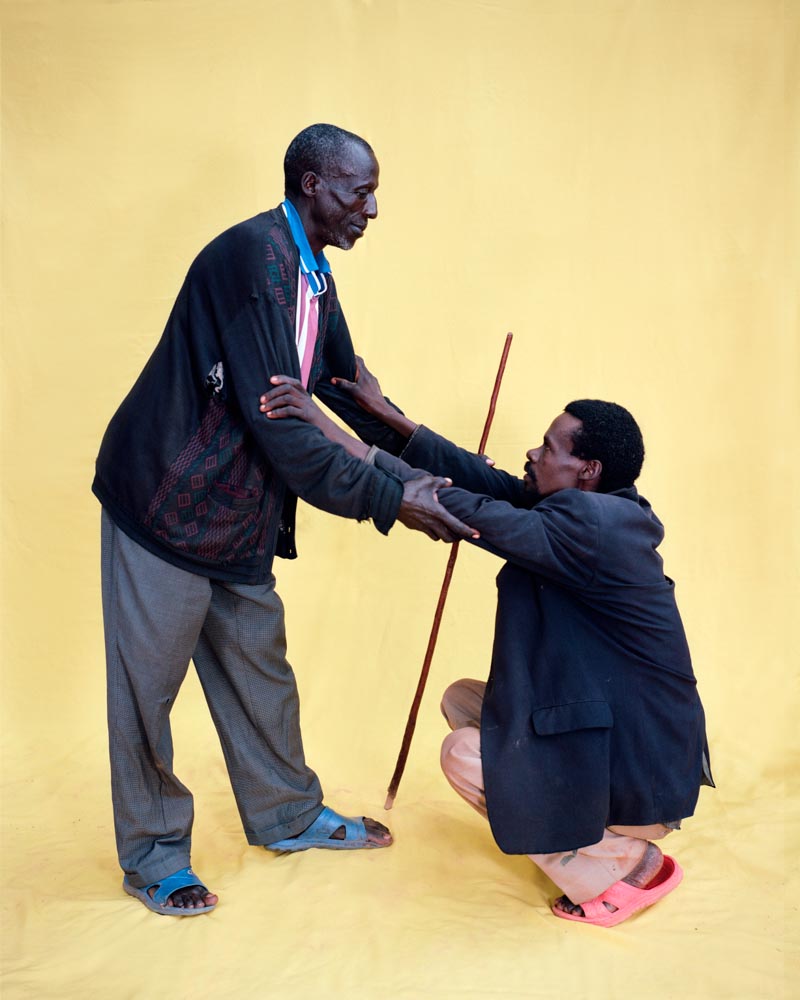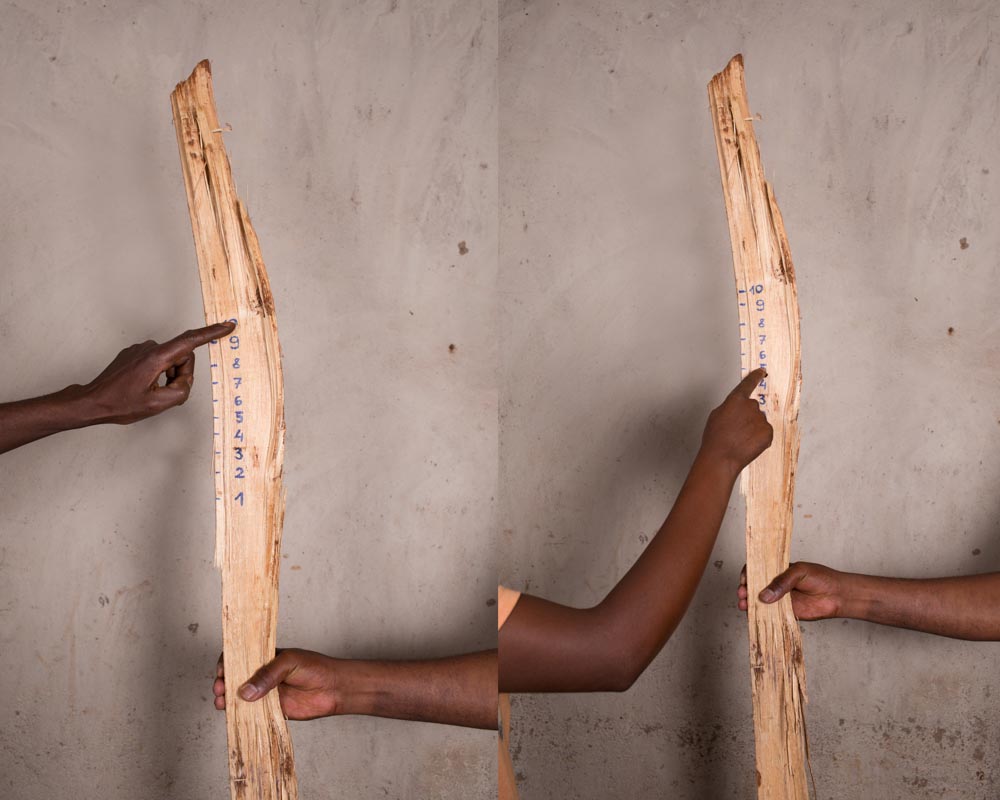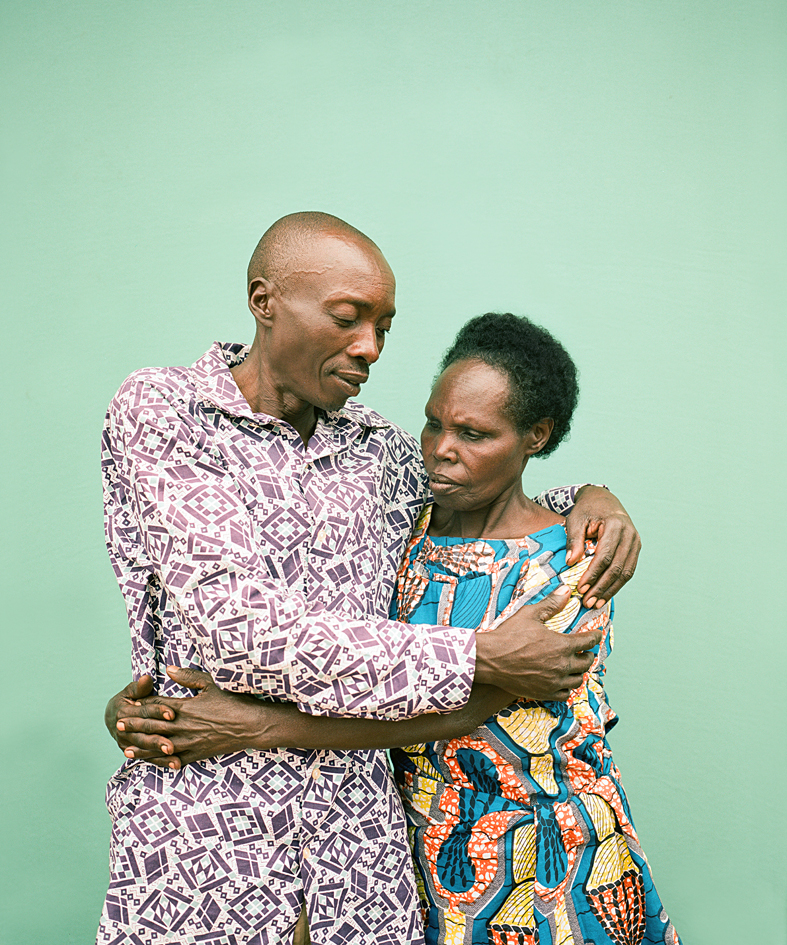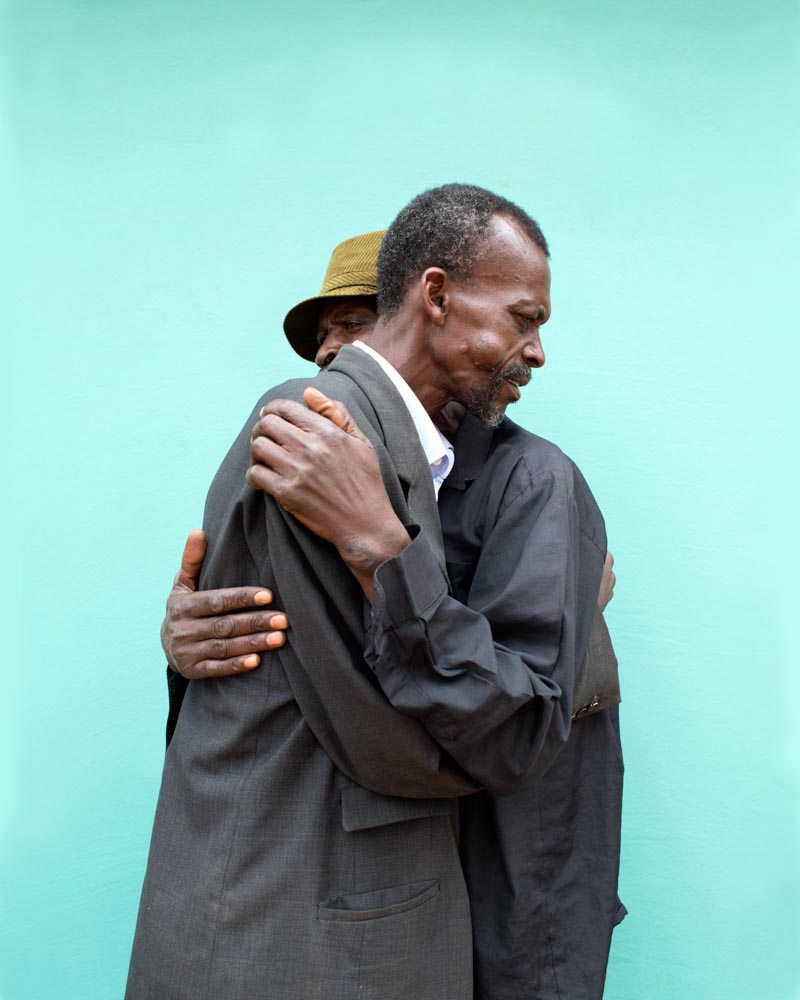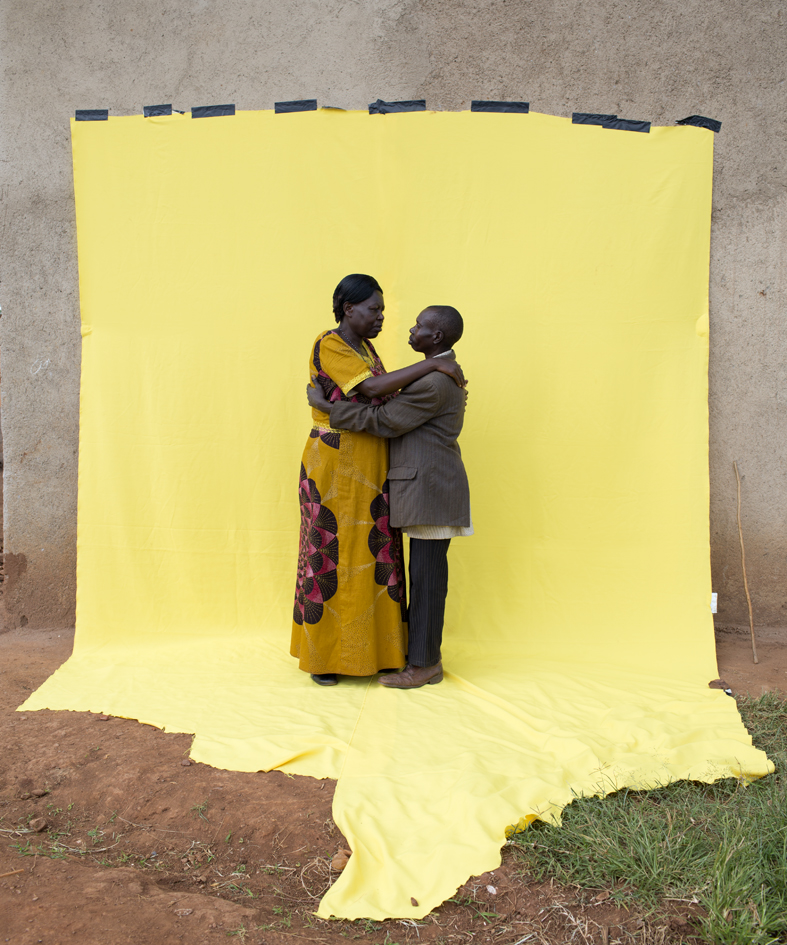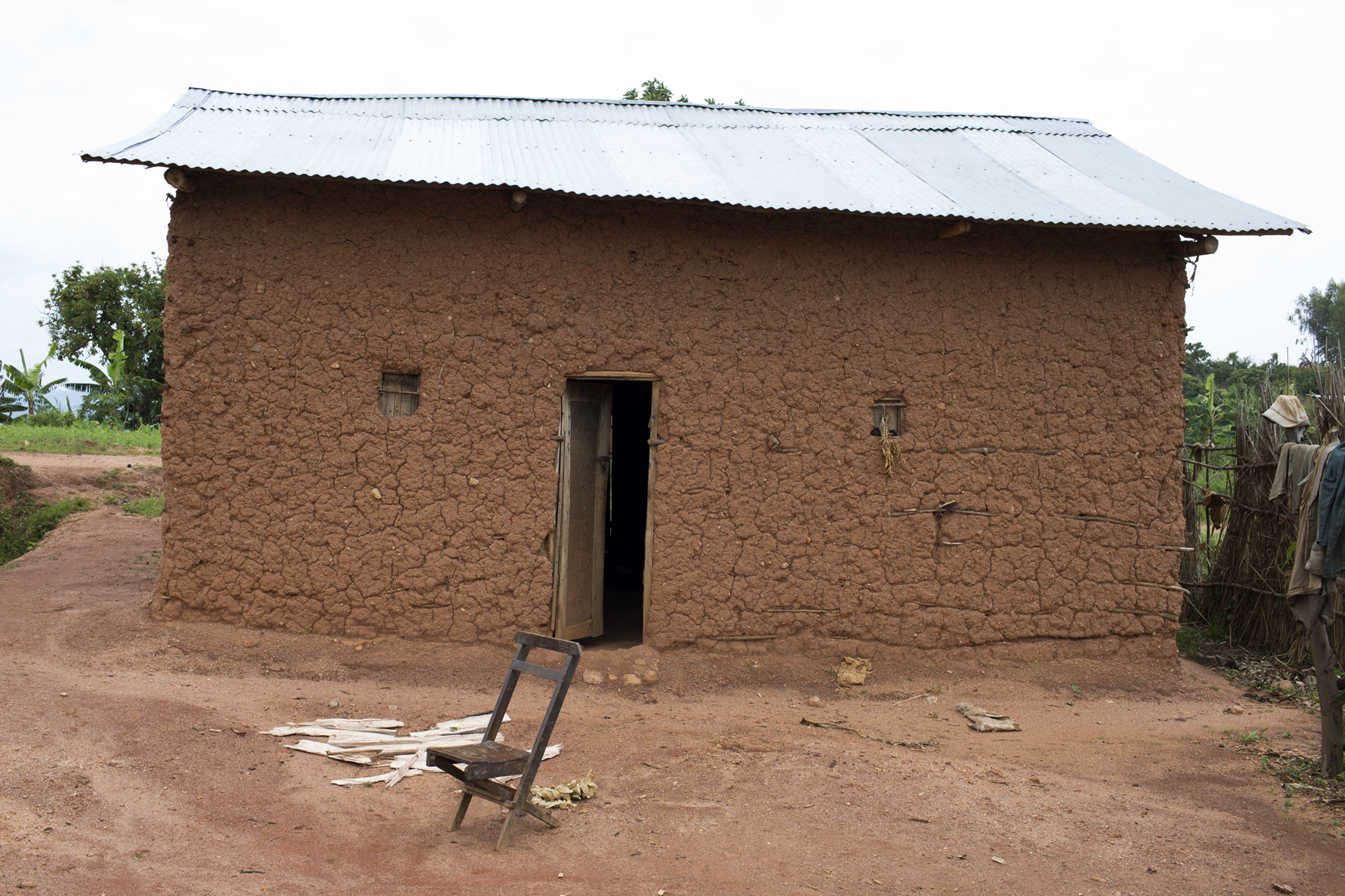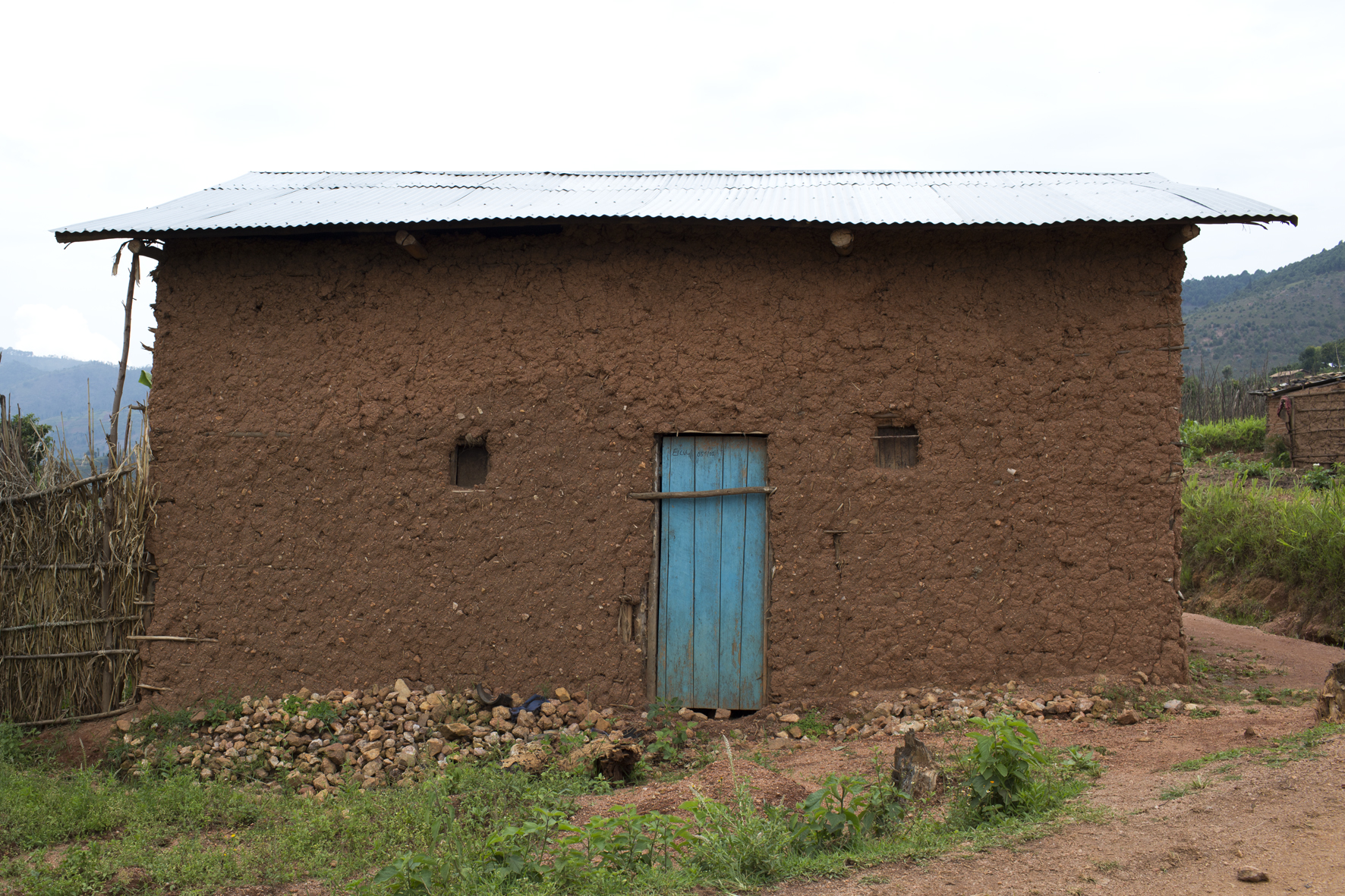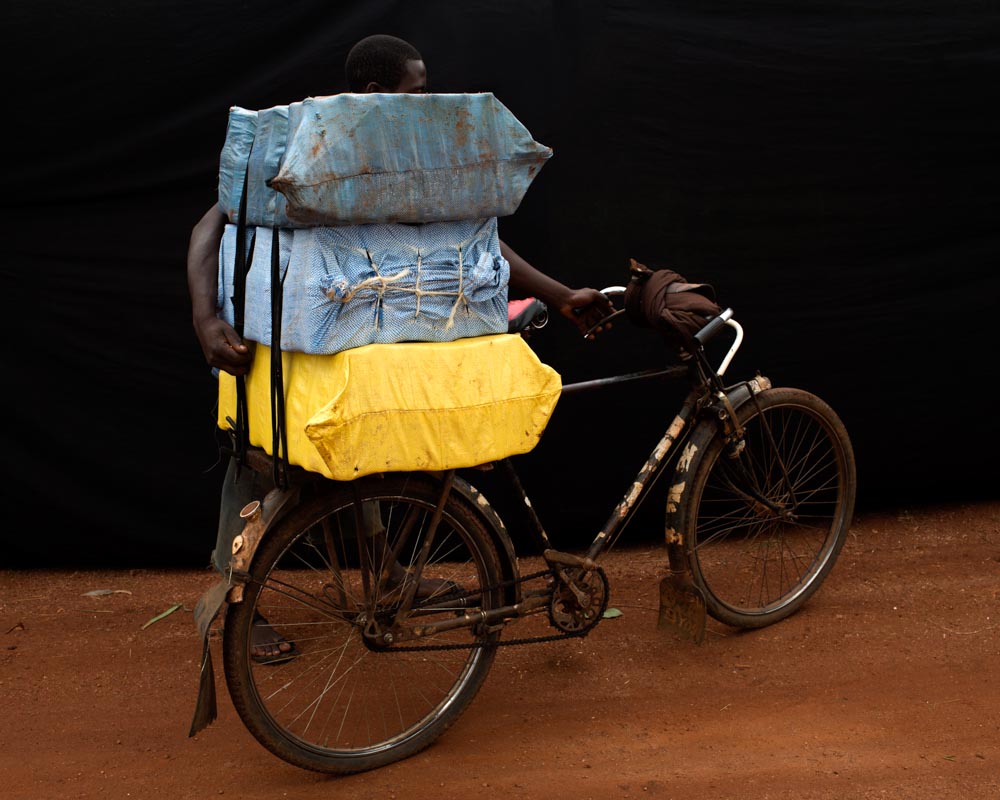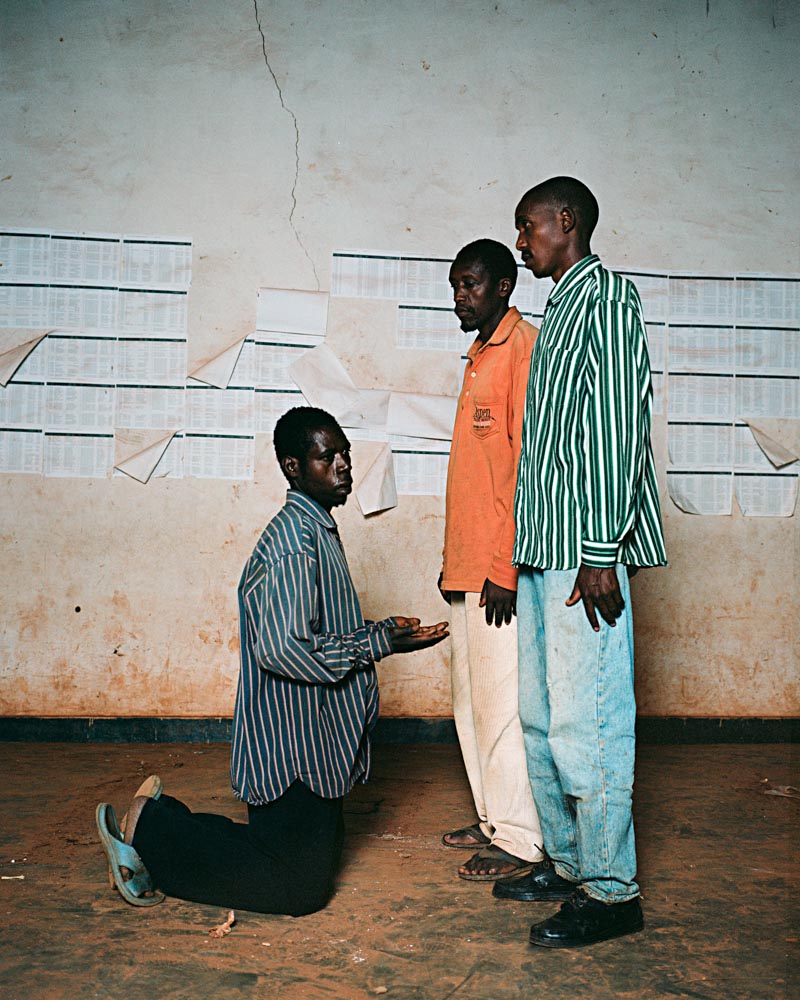International Peace Week: Lana Mesić : Anatomy of Forgiveness
In honor of the International Day of Peace and Peace Week, Lenscratch has partnered with the National Center for Civil and Human Rights to feature photographic projects highlighting the lasting impacts of war, conflict, and displacement. Lauren Tate Baeza, Director of Exhibitions at the National Center for Civil and Human Rights, is our guest editor.
In 1994, approximately 800,000 Tutsi minorities, as well as moderate Hutus and persons of any ethnicity attempting to defend the Tutsi, were systematically murdered in one hundred days. The process was highly organized, with militia given the names and addresses of Tutsi families and government opponents. Since ethnicity was listed on national identification cards, roadblocks were set up to check IDs and expedite the slaughter.
In the wake of the Rwandan Genocide, the National Unity and Reconciliation Commission was established. With innumerable perpetrators, the pursuit of justice required innovation. Three methods were employed concurrently: the International Criminal Tribunal for Rwanda, the national court system, and community trial systems called gacaca. The gacaca systems elected local judges to hold court for those accused of a range of crimes. Less harsh sentences were delivered to repentant perpetrators seeking to engage in reconciliatory efforts. Frequently, sentences were community service orders. Other times, confession were all judges required. Gacaca courts heard millions of confessions, providing the chance for families to learn the truth of what happened to relatives and loved ones, and facilitating opportunities for perpetrators to be forgiven by those impacted by their crimes.
Perpetrators and victims now live side by side. Photographer Lana Mesić visited such communities and asked real-life pairings of perpetrators and victims to reenact the moments of asking and granting forgiveness shared over twenty years ago. This series, Anatomy of Forgiveness, documents embracing, handholding, and kneeling; movement and gesture embodying the pain of memory and earnest necessity to move on.
Lana Mesić (b. 1987, Croatia) works and lives in Rotterdam, The Netherlands. After her graduation from the Bachelor of Photography at the AKV| St. Joost in Breda in 2010, she earned her Master’s Degree at the same institute in 2012.
Her photo works and installations have been exhibited among other places in Het Nutshuis in The Hague, AMC Gallery in Amsterdam, Sao Paulo Photography Bienalle, Dong Gang Photography Festival in South Korea, Organ Vida Festival in Zagreb, Nichido Arts Centre in Tokyo to name a few. She has been nominated for various prizes and residencies, the latest one being the Unseen Grolsch residency, which took place in London last year.
The work will be shown in it’s entirety at Museum Arnhem in the Netherlands opening 3rd of October.
Instagram: @lana_mesic/
Anatomy of Forgiveness
Justice has been served. 20 years after the genocide in Rwanda, perpetrators and their victims once again live side by side. I wanted to give them a podium, to tell their story and not impose any of my preconceived ideas onto them. As a documentary maker I surrendered my subjectivity to the subject. I wanted them to have their moment.
I asked the couples how did the moment of forgiveness look like, and if they were comfortable with recreating it for me. I tried to be as careful and gentle as possible and sometimes I had to wince when asking. But in no way shape or form did I direct their behavior. The survivor and the perpetrator side by side, embracing, shaking hands, touching cheek with cheek, drinking banana beer. Falling to their knees. After each captured moment I shook their hands and looked in their eyes. I never shook hands with murderers before. On makeshift scales I ask the survivors to show me how much they forgave and the perpetrators how much did they forgive themselves. I photograph the proximity of their houses. I can’t believe that in some cases death was separated by only 68 steps.
But forgiveness in this context is not always a fluffy, pink positive thing as it initially sounds like. We are used to the Hollywood image of forgiveness, decorated with pan-am smiles and a happy endings. In Rwanda forgiveness is a necessity that allows people to move on with their lives. It is exactly the lack of the smiles that teaches us the many faces of forgiveness.
Artist Statement
The main departure point of Mesic’s work is the minds constant struggle in dealing with things that do not have an image. She is curious how our mind (subjectively or collectively) fills in these visual gaps.
The trickster archetype, as described by Carl Jung, is the symbolic figure who reveals truth through mischief. He employs and enjoys jokes and pranks, which are his weapons to penetrate the stale-mate of the daily existence. He brings meaning to the meaningless, reveals the truth behind collective symbols while simultaneously demystifying collective conventions.
Lana’s outmost pleasure in making art is being mischievous. By doing so, she feels she can create space for herself to demonstrate the changeability of the conventions that often define our everyday experience. Transforming everyday objects and conventional settings through trickery provokes engagement, which is both confronting and delighting.
About the National Center for Civil and Human Rights
The National Center for Civil and Human Rights is a cultural institution and advocacy organization located in downtown Atlanta, Georgia. Powerful and immersive exhibits tell the story of the American Civil Rights Movement and connect this history to modern struggles for human rights around the world. The National Center for Civil and Human Rights has the distinction of being one of the only places to permanently display the papers and artifacts of Dr. Martin Luther King, Jr. Events, educational programs, and campaign initiatives bring together communities and prominent thought leaders on rights issues. For more information, visit civilandhumanrights.org and equaldignity.org.
Join the conversation on @ctr4chr (Twitter), @@ctr4chr (Facebook), and @@ctr4chr (Instagram).
Posts on Lenscratch may not be reproduced without the permission of the Lenscratch staff and the photographer.
Recommended
-
Salua Ares: Absense as FormNovember 29th, 2025
-
Ricardo Miguel Hernández: When the memory turns to dust and Beyond PainNovember 28th, 2025
-
Pamela Landau Connolly: Columbus DriveNovember 26th, 2025
-
KELIY ANDERSON-STALEY: Wilderness No longer at the Edge of ThingsNovember 19th, 2025
-
Jackie Mulder: Thought TrailsNovember 18th, 2025

